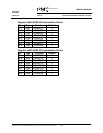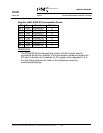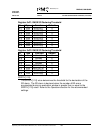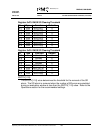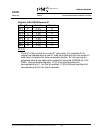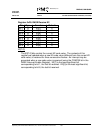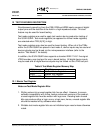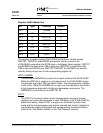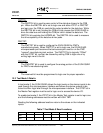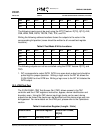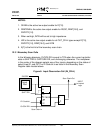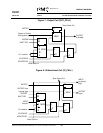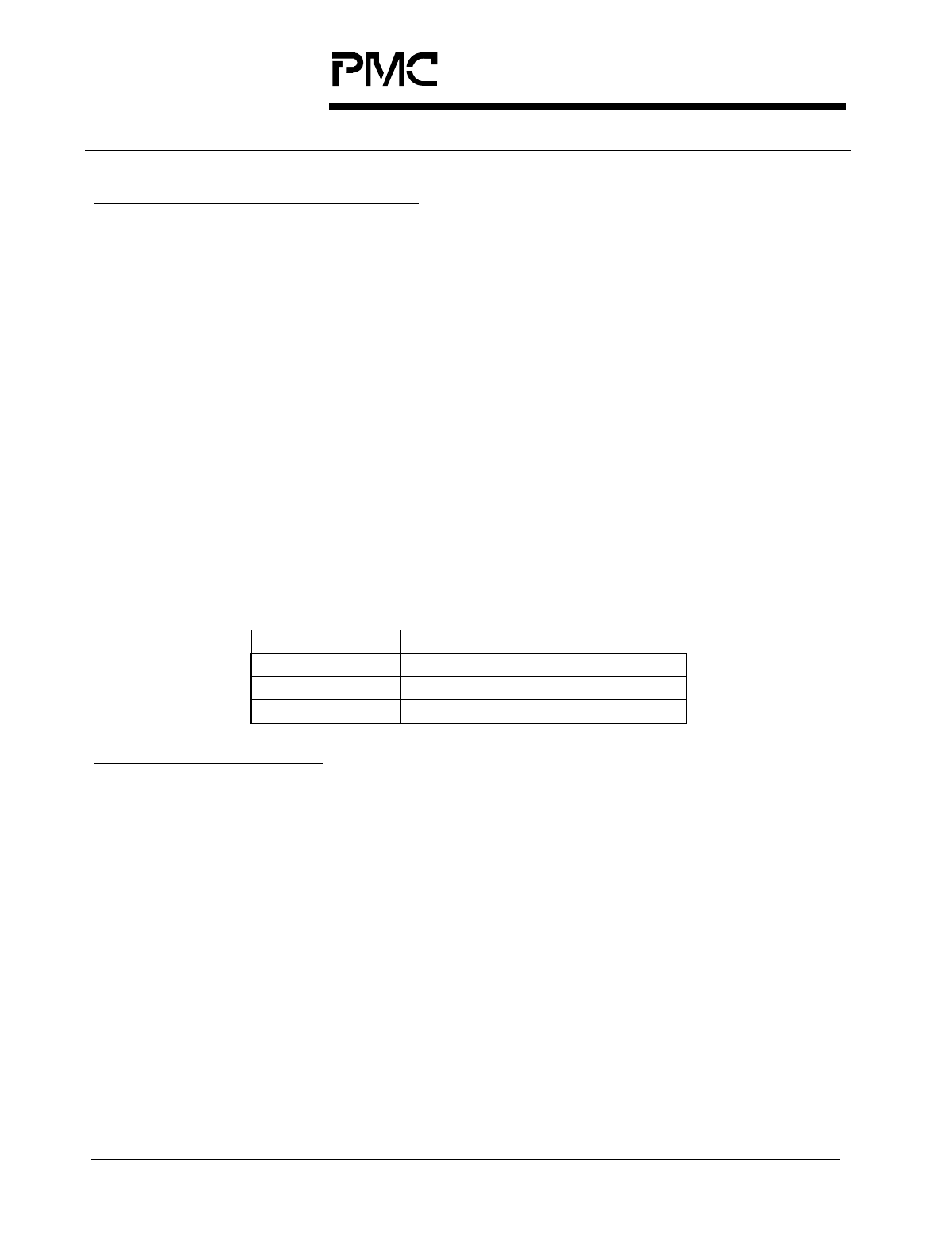
S/UNI-QUAD
PMC-Sierra, Inc.
PM5349 S/UNI-QUAD
DATASHEET
PMC-971239 ISSUE 6 SATURN USER NETWORK INTERFACE (155-QUAD)
Proprietary and Confidential to PMC-Sierra, Inc., and for its Customers’ Internal Use
193
12
TEST FEATURES DESCRIPTION
Simultaneously asserting (low) the CSB, RDB and WRB inputs causes all digital
output pins and the data bus to be held in a high-impedance state. This test
feature may be used for board testing.
Test mode registers are used to apply test vectors during production testing of
the S/UNI-QUAD. Test mode registers (as opposed to normal mode registers)
are selected when TRS (A[10]) is high.
Test mode registers may also be used for board testing. When all of the TSBs
within the S/UNI-QUAD are placed in test mode 0, device inputs may be read and
device outputs may be forced via the microprocessor interface (refer to the
section "Test Mode 0" for details).
In addition, the S/UNI-QUAD also supports a standard IEEE 1149.1 five-signal
JTAG boundary scan test port for use in board testing. All digital device inputs
may be read and all digital device outputs may be forced via the JTAG test port.
Table 6: Test Mode Register Memory Map
Address Register
0x000-0x3FF Normal Mode Registers
0x400 Master Test Register
0x401-0x7FF Reserved For Test
12.1
Master Test Register
Notes on Test Mode Register Bits:
1.
Writing values into unused register bits has no effect. However, to ensure
software compatibility with future, feature-enhanced versions of the product,
unused register bits must be written with logic zero. Reading back unused
bits can produce either a logic one or a logic zero; hence, unused register bits
should be masked off by software when read.
2.
Writable test mode register bits are not initialized upon reset unless otherwise
noted.



